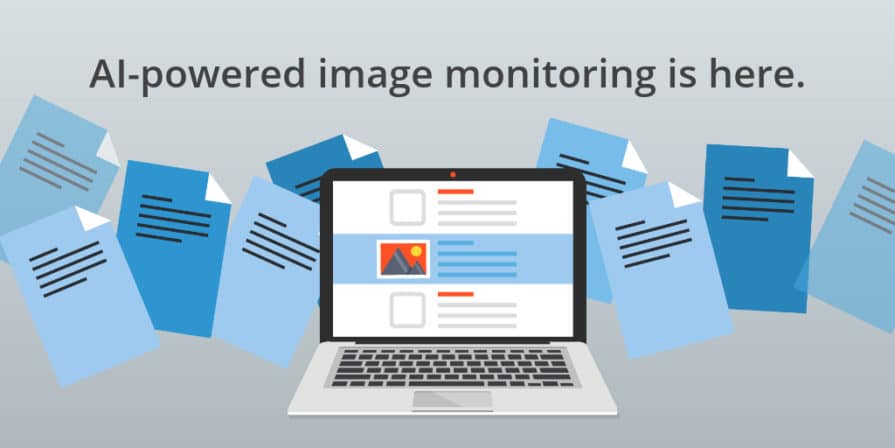I read a quote recently that spelled out why visual storytelling is booming:
“Attention is the new commodity; visual storytelling is the new currency.”
Makes sense. People are distracted, their thoughts scattered and their focus fragmented. But there is something that brings us back to center.
Pretty pictures.
Vivid images.
Visuals that grab us and make us stop and think and feel something.
You love them. I love them. Everybody loves them.
It’s unsurprising then that media is veering heavily towards them: at some point this year, 84 percent of all online communication will be visual.

So how does this impact the way PR pros do their jobs?
Journalists aren’t immune to this visual revolution. If they want happy readers, they need to provide attractive and engaging images.
And if you want happy journalists – that is to say, if you want coverage – you need to provide them in your pitches.
HuffPo contributor Karen Fratti lays it out plainly: “I am under strict deadlines to produce at least 5-7 articles a day, and visual content is always required.”
The sad truth/amazing opportunity is that PR people simply aren’t the giving type.
According to a survey from multimedia content firm ISEBOX, 75 percent of articles include visual or multimedia content, yet 95 percent of communications professionals provide none.
“When a pitch comes with everything attached, no cumbersome downloads, I want to hug that PR rep. And, I’m more likely to pick up on the next release from them, too,” says Fratti.
Journalists need to include visuals in their reporting. What you can do as a PR pro is give it to them. It’s media relations at its most basic: when you help a journalist, you help yourself.

But you’re not the only one doing the visual storytelling
When you include visuals in your pitches, you maintain control of your branding. Unfortunately, media coverage of your organization is not limited to the pitches you send; anyone with an internet connection can highjack your branding efforts – for better or for worse – by including alongside mentions of your organization any visual content they like.
When that happens, you’re better off being aware of the images being associated with your brand than not. This is where image monitoring comes in handy.
Just like traditional media monitoring, image monitoring shines a light by showing you how your organization is being presented. When you have that knowledge, you can act, react, and lead.
Image monitoring lets you:
- determine how valuable, impactful, shareable, or on-brand a story is
- see visuals associated with your brand, competitors, or industry to get a pulse on public perception
- monitor brand identity and logo usage with powerful machine learning models that can identify objects and logos in an image
- unearth hidden stories that wouldn’t be found with text-only monitoring
To paraphrase slide 22 of our SlideShare “Taking Control With Media Monitoring,” if you want to be in control of your brand identity, you need to be using image monitoring.
Visual storytelling is fully here
In a series of articles on the rise of a visual internet, The New York Times welcomes us to “the post-text future.”
When it comes to exerting influence online, the content provider has no choice now but to deliver their message visually. Text does not cut it anymore.
I’m not sure if saying it over and over again – with text, I know – will make it any clearer, but here goes: visual storytelling isn’t just the future, it’s the present. If you’re serious about your brand identity, you need to be monitoring how your brand is appearing visually.
We can help.








